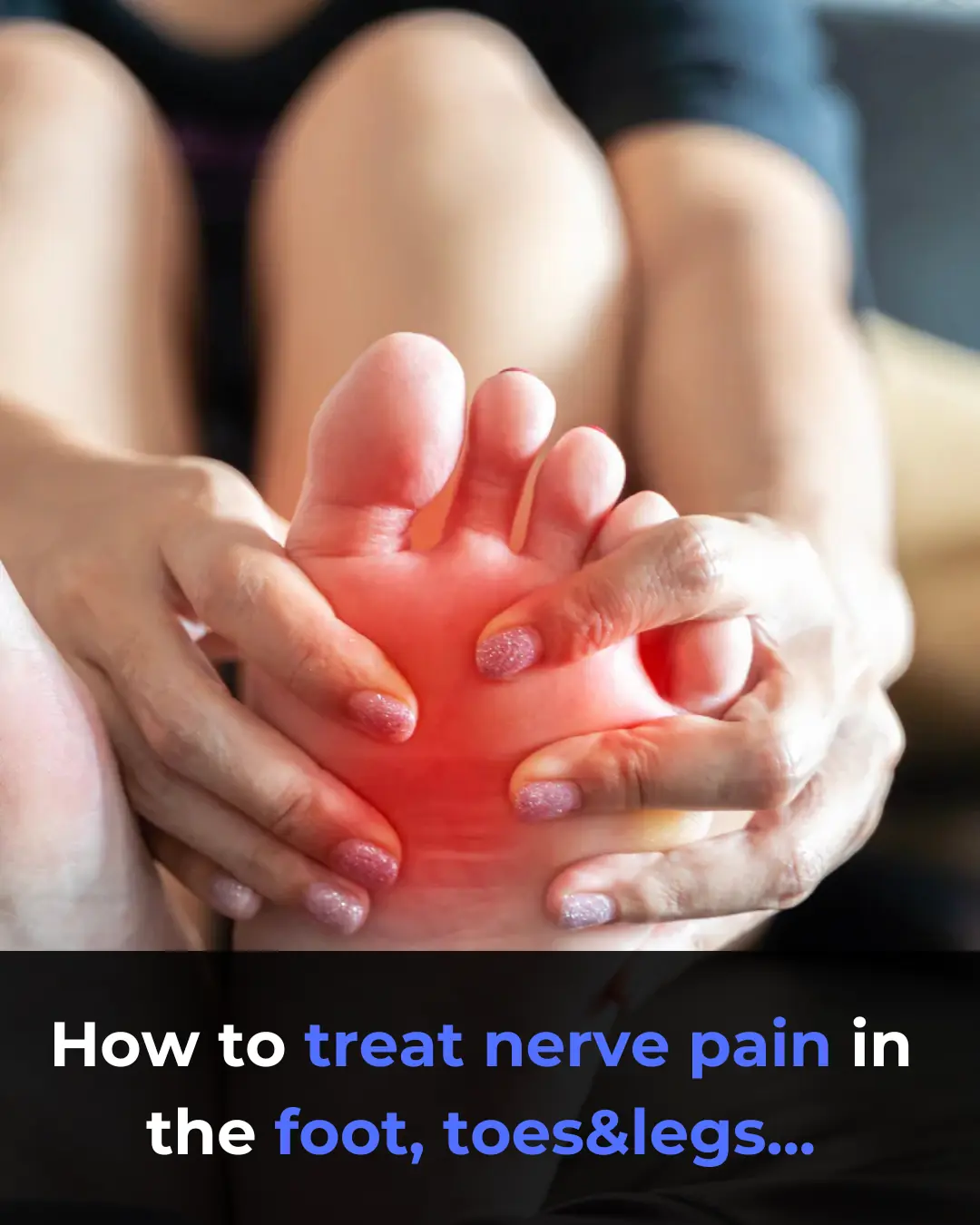
Lab-Grown Spinal Cord Tissue Marks a New Era in Paralysis Treatment
In a medical breakthrough that once seemed impossible, scientists have reportedly succeeded in growing spinal cord tissue in the laboratory and using it to reconnect damaged or severed nerves—an achievement that is redefining what the future of paralysis treatment may look like. For patients who had long been told they would never walk again, the restoration of voluntary movement represents not only a scientific milestone but a profoundly life-changing moment. This remarkable advancement stands at the forefront of neuroscience, stem-cell research, and regenerative medicine.
The lab-grown spinal cord tissue acts as a biological bridge, allowing damaged nerve fibers to regenerate and re-establish communication between the brain and the rest of the body. Similar concepts have been explored in peer-reviewed studies published in Nature Communications, Science Translational Medicine, and reports from Harvard Medical School and the U.S. National Institutes of Health (NIH), which have demonstrated that engineered neural scaffolds—combined with stem cells or growth factors—can guide nerve regrowth in animal models. These findings laid the scientific foundation for the breakthrough described in this emerging research.
In early trials, patients with severe spinal cord injuries have shown promising signs of recovery. Some have regained partial voluntary movement, increased sensory awareness, or improved control over muscles below the injury site. This mirrors the results of landmark experiments conducted by the University of Minnesota, where researchers used 3D-printed spinal scaffolds and neural stem cells to help rodents with fully severed spinal cords regain stepping function. These achievements illustrate the enormous therapeutic potential of combining tissue engineering with advanced neurobiology.
Experts believe this new method could fundamentally transform the treatment of spinal cord injuries, which currently affect more than 20 million people worldwide, according to the World Health Organization (WHO). Traditional therapies often focus on managing symptoms, preventing complications, or using electrical stimulation to activate remaining nerve circuits. In contrast, lab-grown spinal tissue offers the possibility of actual repair—the regeneration of damaged neural pathways that were once considered permanently destroyed.
Beyond paralysis, this innovation could open pathways to future treatments for other neurological conditions. Researchers envision applications that might one day repair traumatic brain injuries, restore damaged peripheral nerves, or treat degenerative disorders such as amyotrophic lateral sclerosis (ALS) and multiple sclerosis (MS). Studies published in journals like Neuron and Stem Cell Reports support the idea that stem-cell-derived neural tissues can integrate into existing nerve networks, offering hope for broad therapeutic use.
While scientists caution that more long-term studies and larger clinical trials are needed, the implications are profound. If these therapies continue to succeed, the medical community may soon move from simply assisting patients with paralysis to truly reversing it. The technology also raises important questions about accessibility, ethical application, and how rapidly such treatments can be scaled to reach the millions who stand to benefit.
What was once considered science fiction is now becoming reality, showcasing the extraordinary potential of modern biotechnology. Patients, families, clinicians, and researchers are celebrating this breakthrough as a glimpse into the future of neurological medicine—a future where paralysis may no longer be a lifelong sentence, but a condition that medicine can meaningfully and permanently repair. As this field advances, the world watches with a renewed sense of hope, witnessing the unfolding of a new era in spinal cord treatment and human healing.
News in the same category


The Evolution of Public Road Speed Records: From the Mercedes-Benz W125 to the Koenigsegg Agera RS
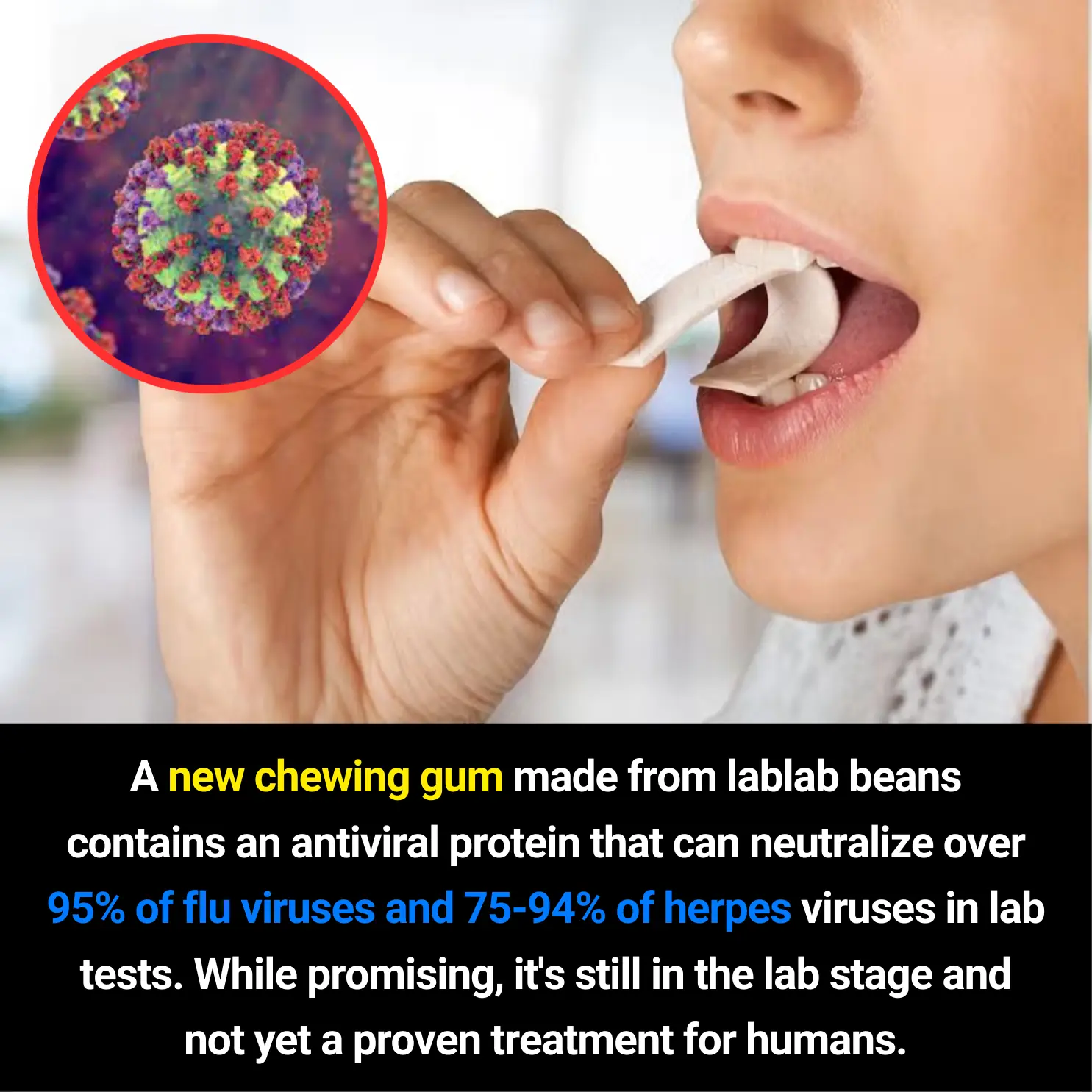
New Antiviral Chewing Gum Made From Lablab Beans Shows Strong Virus-Neutralizing Potential in Lab Tests
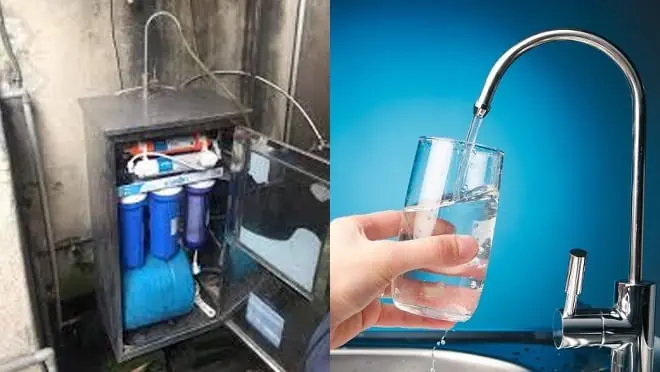
Misconceptions That Turn Water Purifiers Into a Source of Illness — Stop Them Before They Harm Your Family
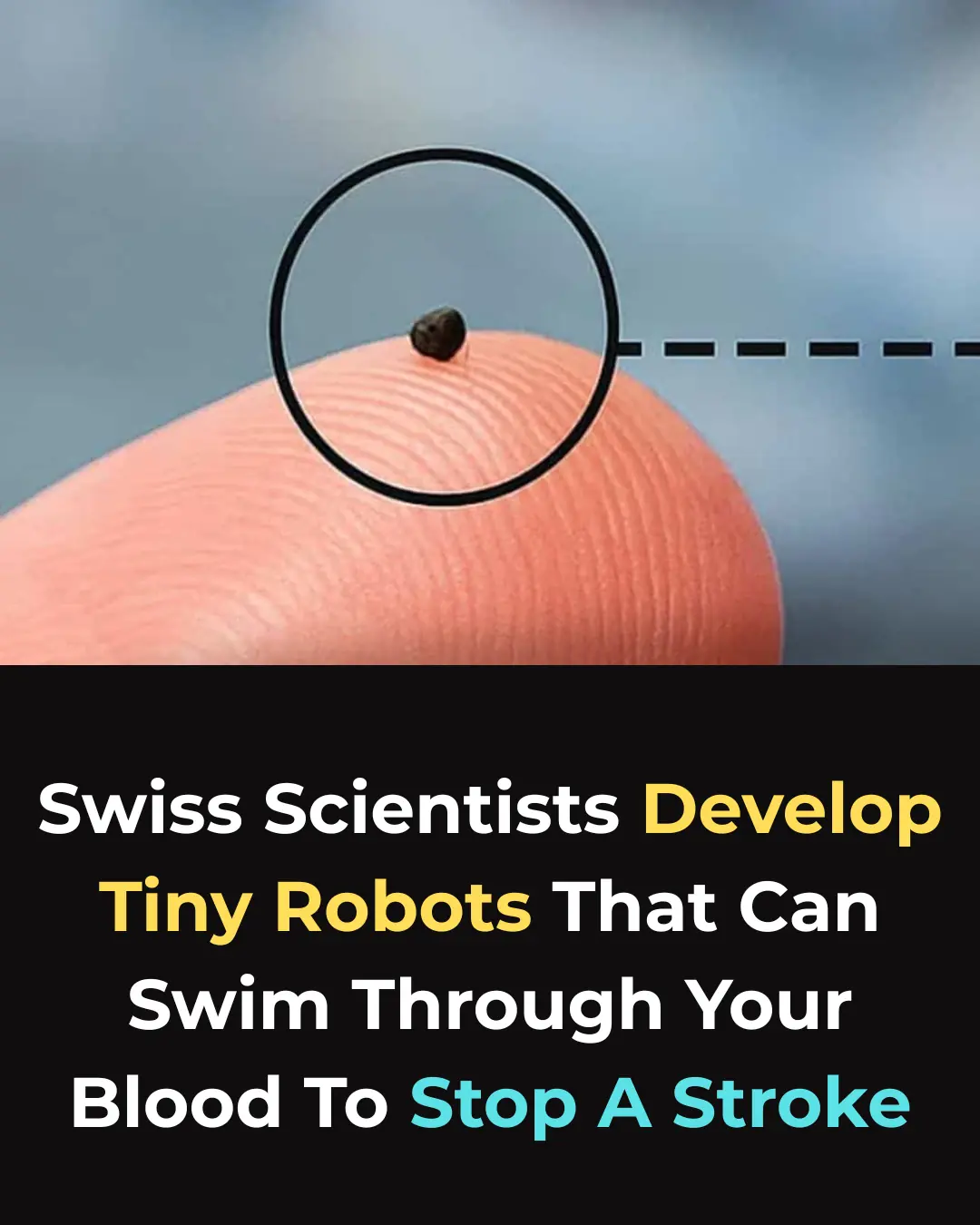
A New Breakthrough: Magnetic Microrobots Designed to Navigate Blood Vessels and Stop Strokes

A Dual Climate Solution: Solar Panels Over Canals Could Save Billions of Gallons of Water
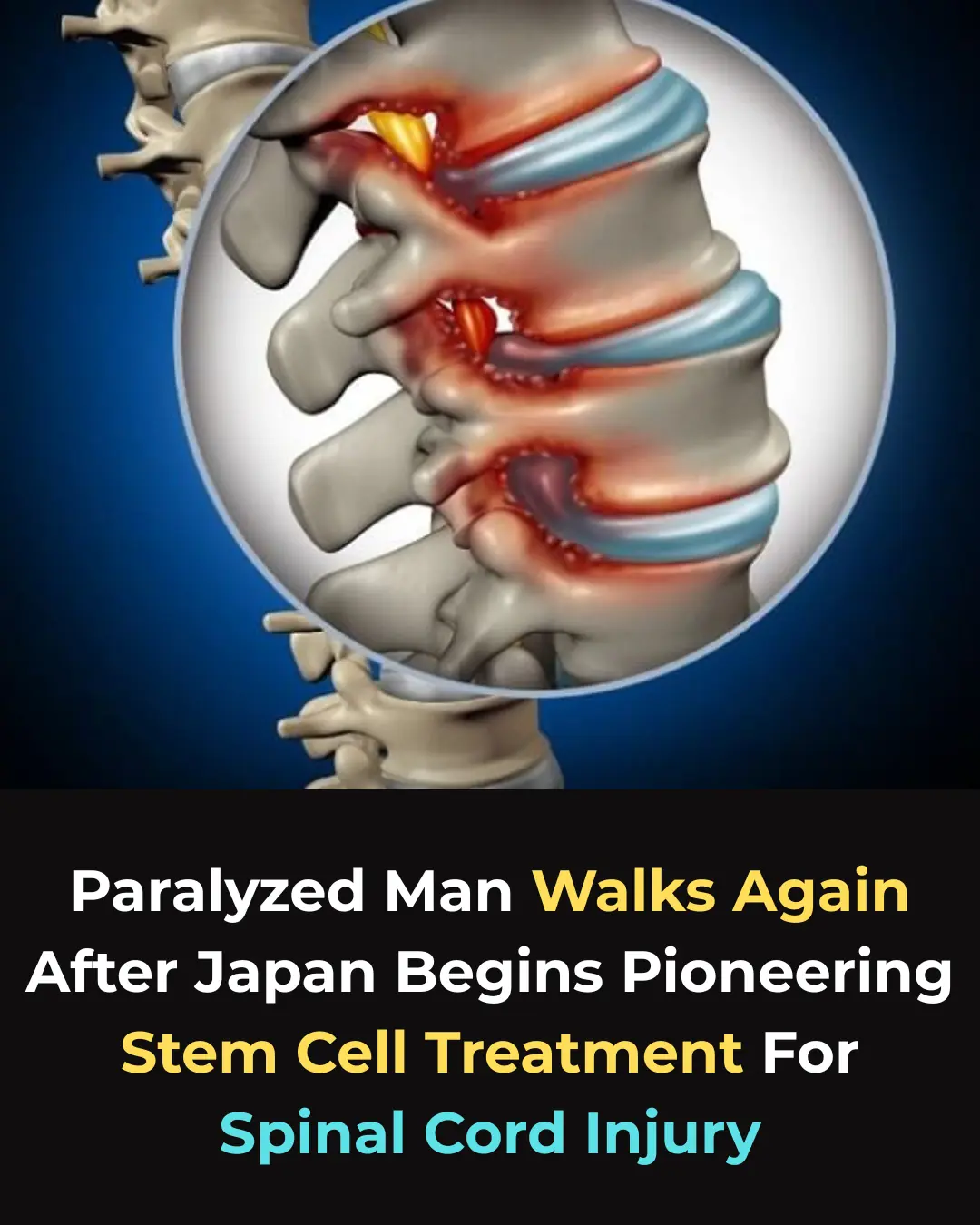
Regenerative Medicine Milestone: Stem-Cell Trial Restores Motor Function in Paralyzed Patients

From Crow to Cleaner: How Feathered Geniuses Are Fighting Litter in Spain

Using Crow Intelligence to Fight Pollution: Inside Sweden’s Corvid Cleaning Project

From Stone to Shelter: Innovative Housing Beneath France’s Historic Bridges

Redefining Public Restrooms in South Korea: Hygiene, Dignity, and Accessibility for All

How Cyclic Sighing Became One of the Most Effective Breathing Techniques for Reducing Anxiety
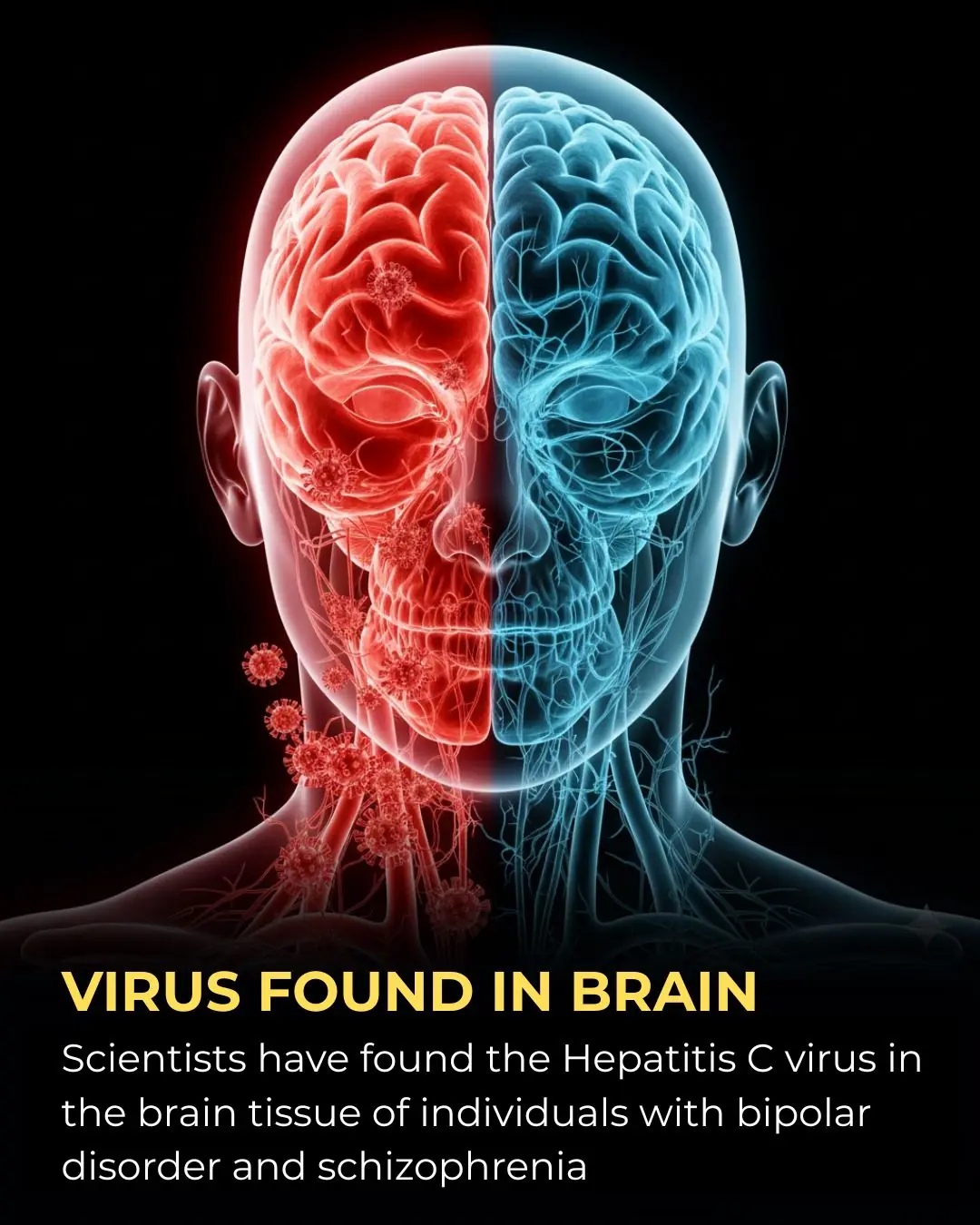
Hepatitis C Virus Detected in Brain Tissue: A Potential Link to Schizophrenia and Bipolar Disorder

Top 10 Safest Places if World War 3 Broke Out

Scientists Sequence the World’s Oldest RNA from a 40,000-Year-Old Woolly Mammoth
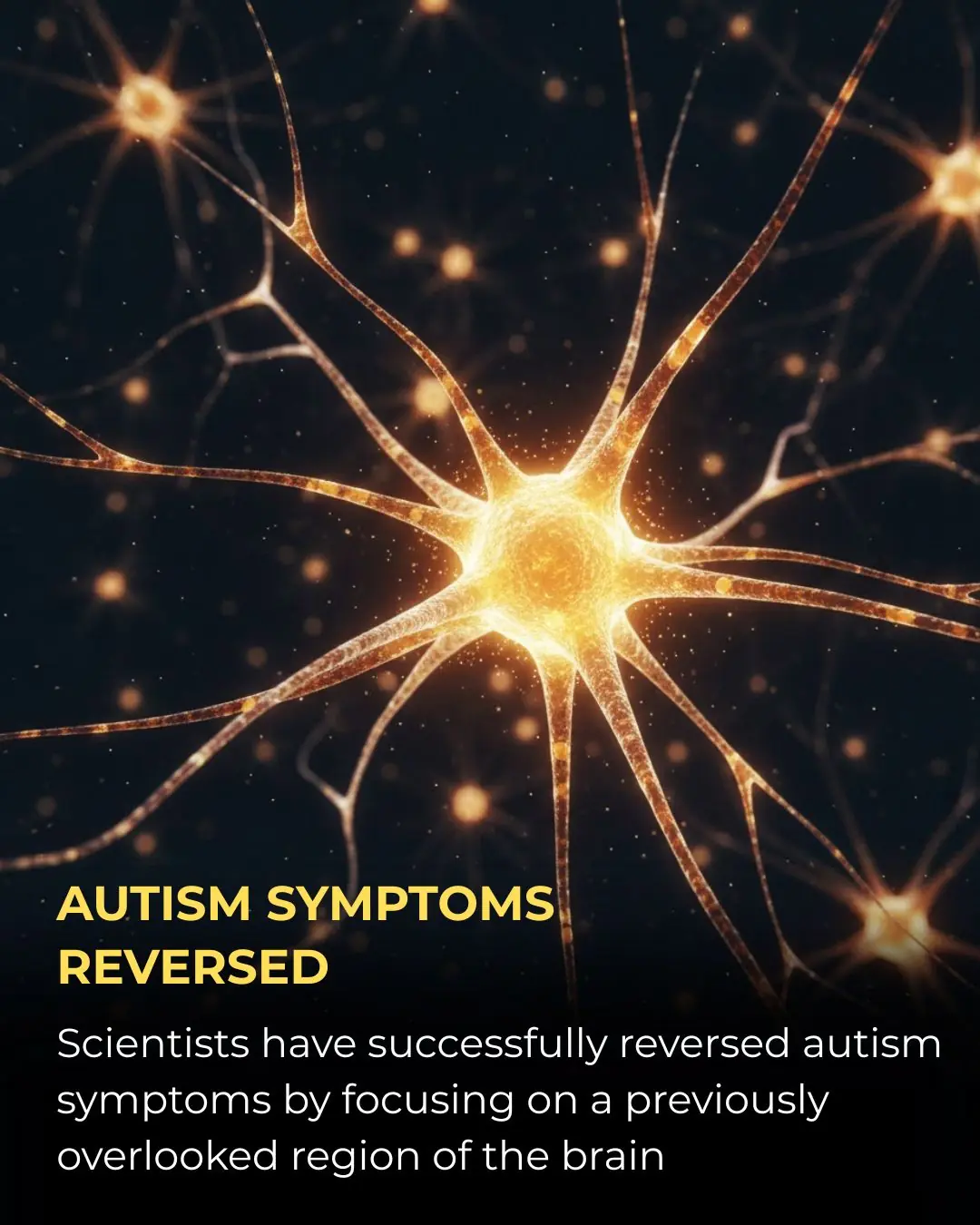
Novel Neural Pathway Identified as Key to Reversing Autism-Related Behaviors
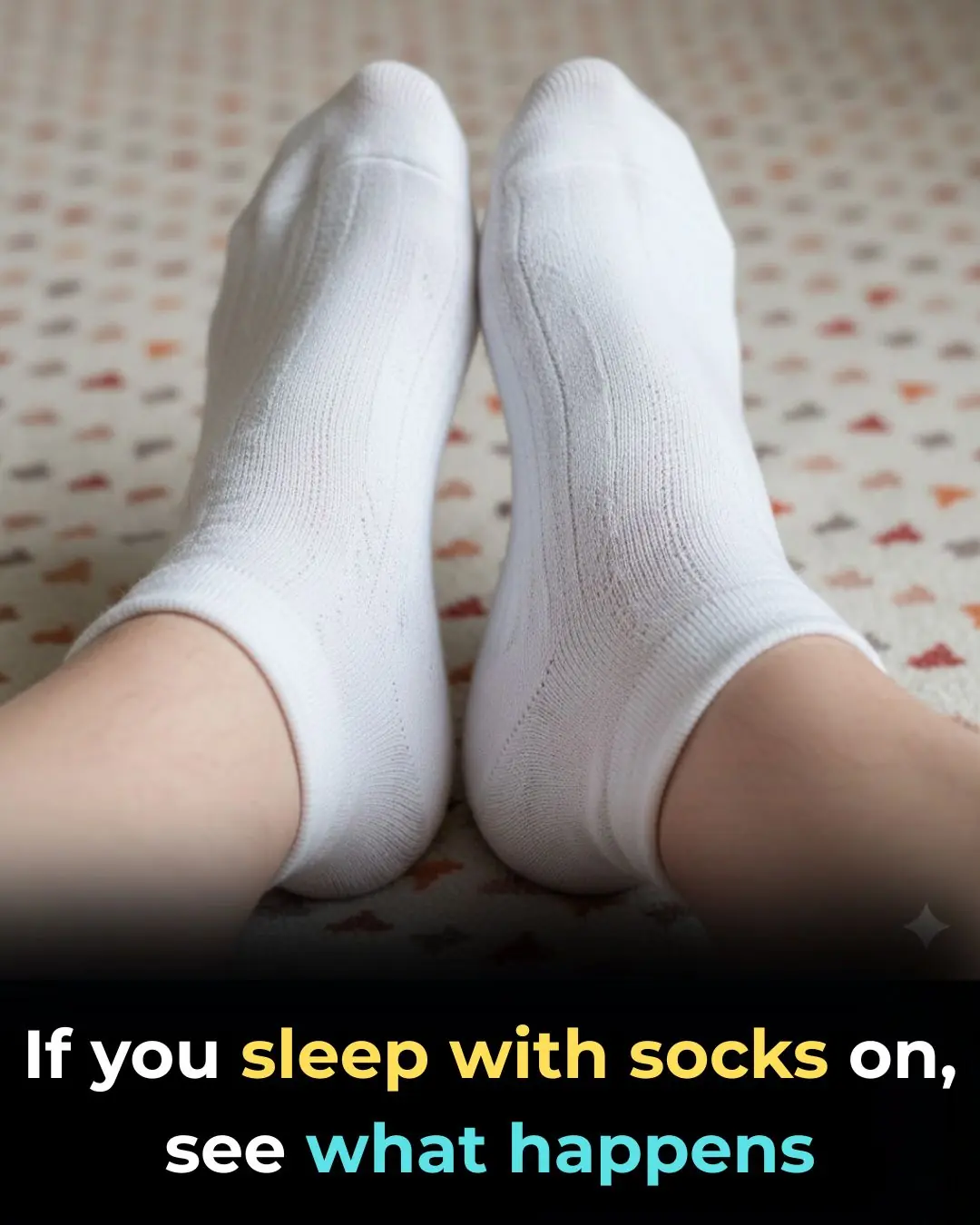
Why seniors should keep their socks on even at home

What Once Seemed Impossible: Lab-Grown Spinal Cord Sparks Hope for Millions

How Hormonal Birth Control May Reshape the Brain: New Neuroscience Insights
News Post
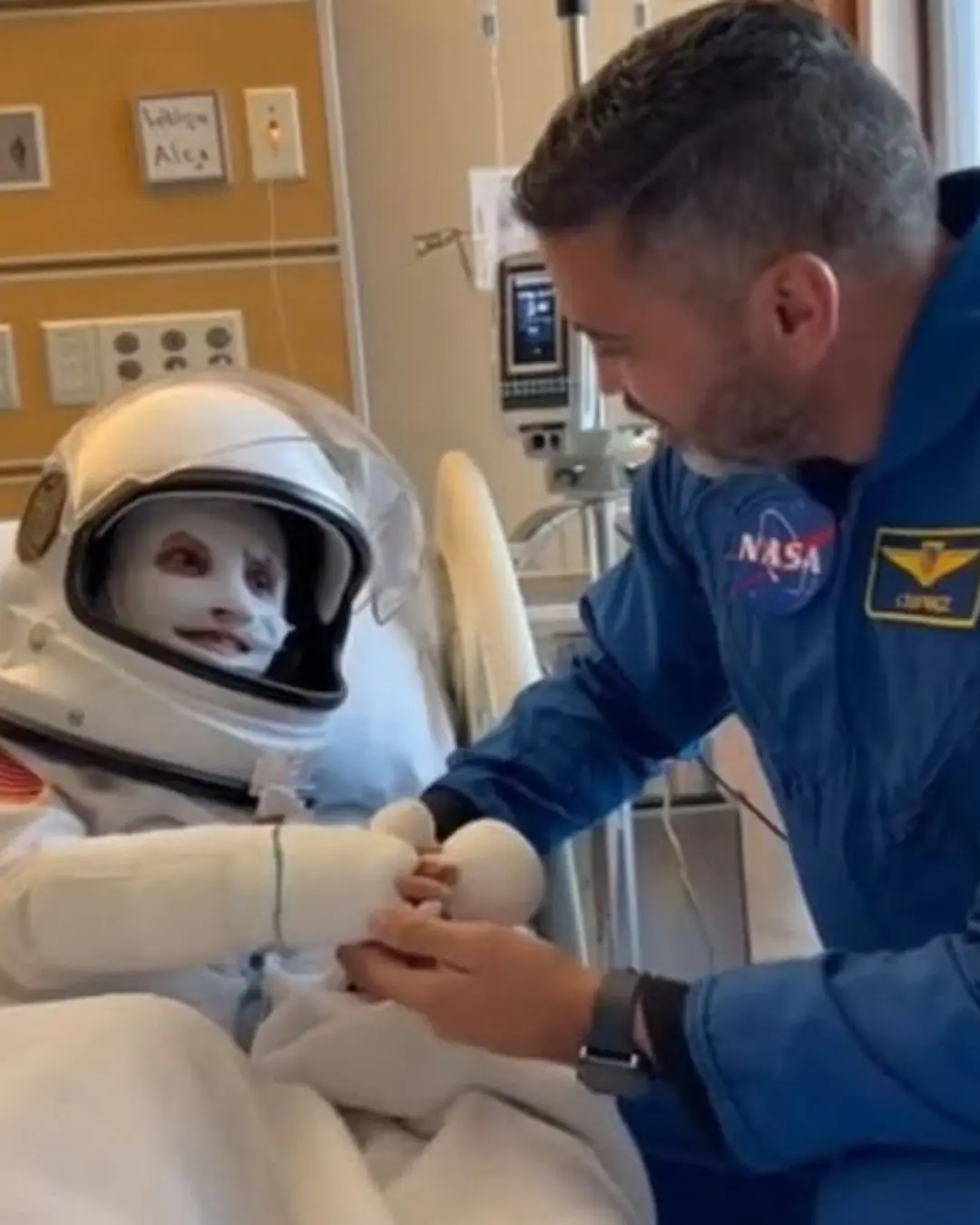
The Day a Burned Little Boy Met His Hero in Blue.

The Princess Who Saved Her Father.

The Mailman Who Became Her Shelter.

Forty-Eight Hours of a Mother’s Love.

Jack Andraka: The 15-Year-Old Innovator Who Sparked a New Wave of Early Cancer Detection Research

The Evolution of Public Road Speed Records: From the Mercedes-Benz W125 to the Koenigsegg Agera RS

New Antiviral Chewing Gum Made From Lablab Beans Shows Strong Virus-Neutralizing Potential in Lab Tests

10 Effective Ways to Reduce Dust in Your Home – Keep Your Living Space Clean and Healthy

Misconceptions That Turn Water Purifiers Into a Source of Illness — Stop Them Before They Harm Your Family
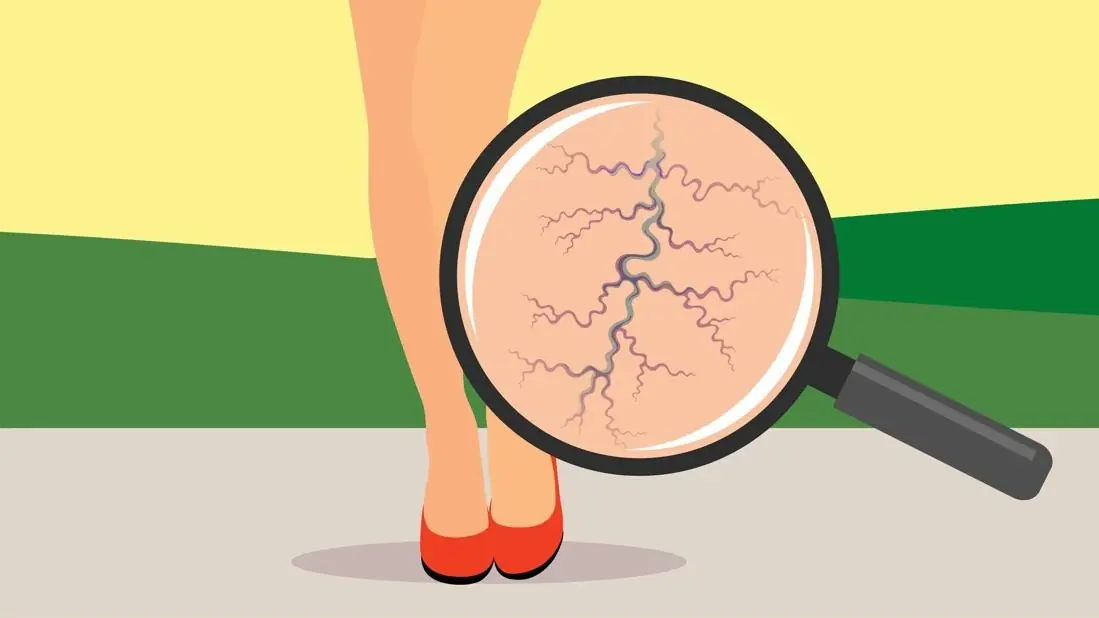
The Best Natural Remedies to Treat and Prevent Varicose Veins Effectively
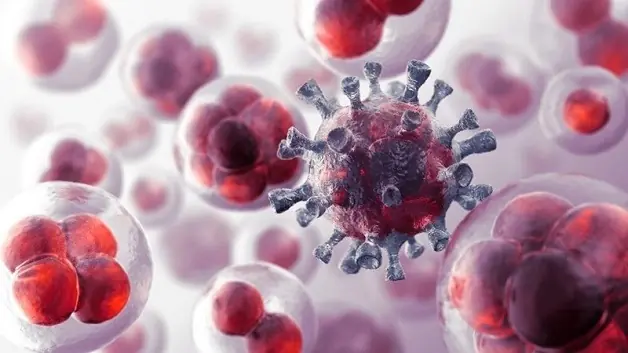
People Who Do This Every Morning Have Better Circulation and More Energy
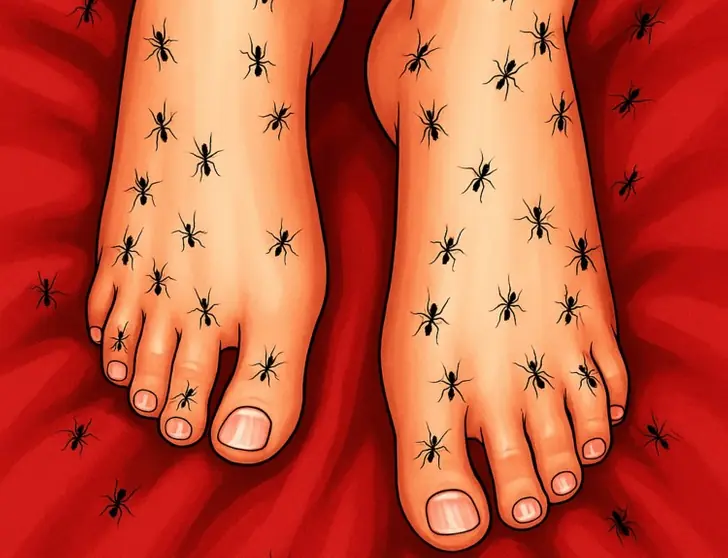
The hidden signs your body sends before diabetes strikes
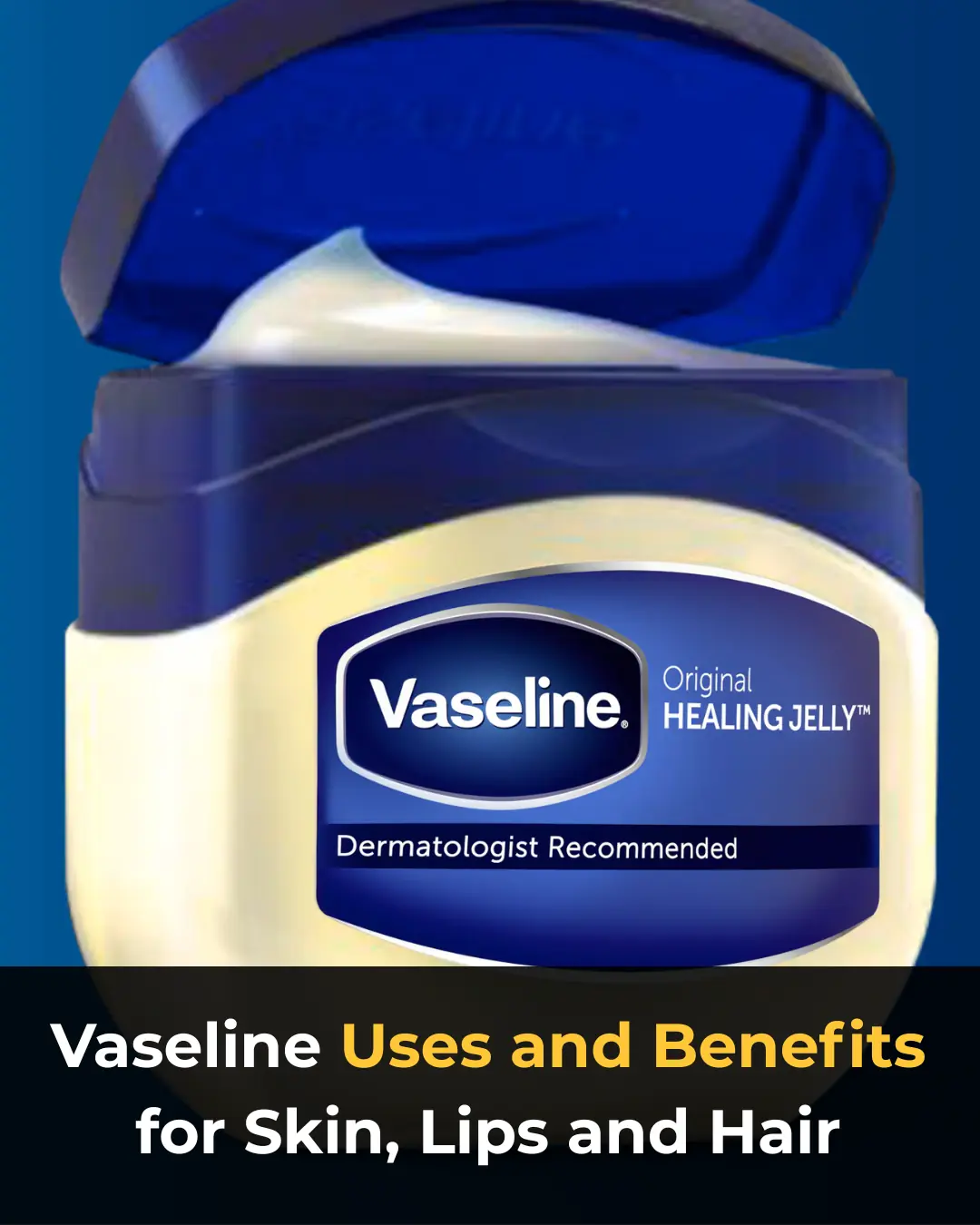
Vaseline Uses and Benefits for Skin, Lips, and Hair

10 simple ways to reduce dust at home that most people overlook

You’re Doing It All Wrong: Here’s the Right Way to Defrost Frozen Pipes

7 Powerful Fruits to Preserve Muscle Strength and Energy After 50

I Didn’t Know!
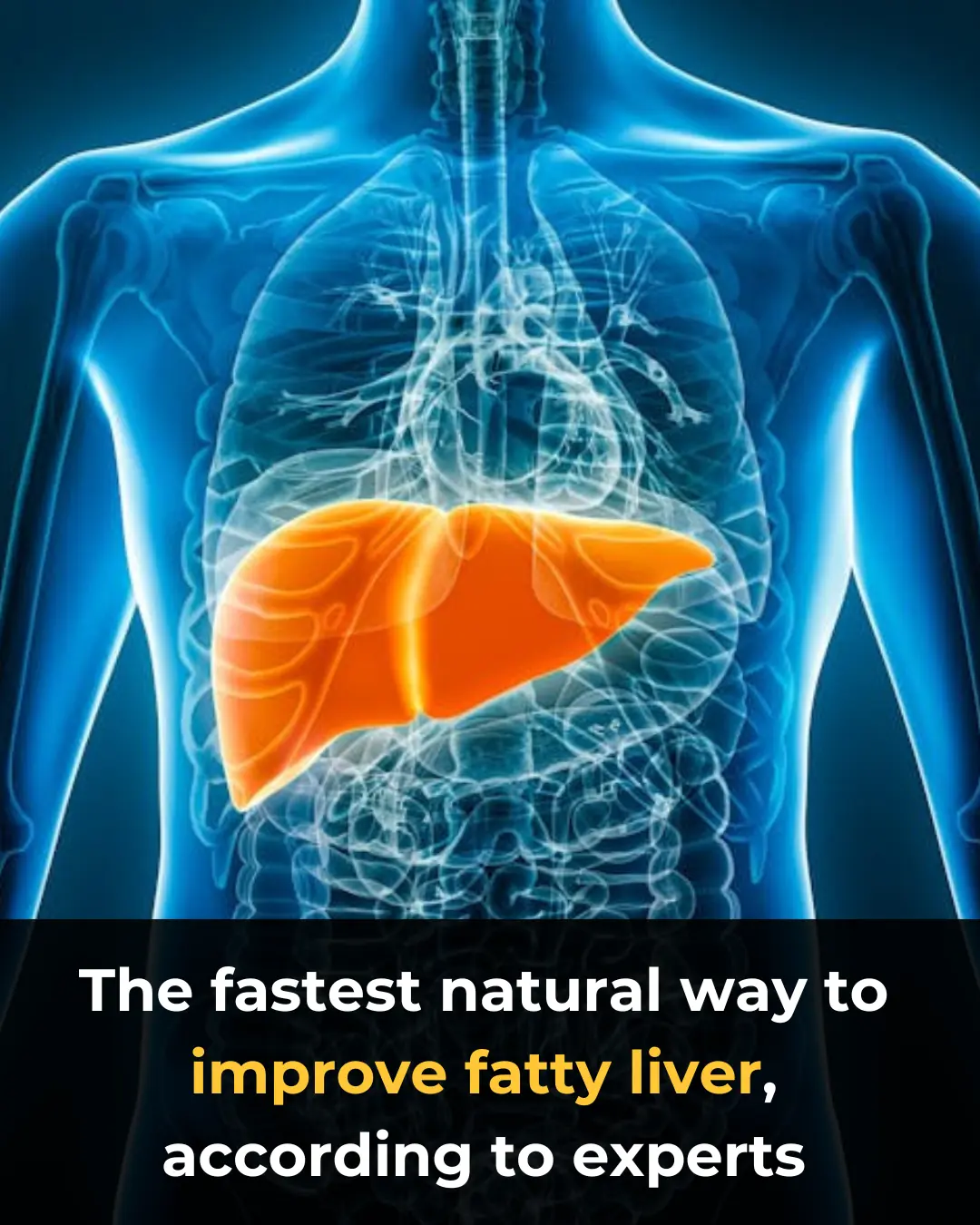
The #1 FASTEST way to reverse fatty liver naturally

Could the bacteria in your nose be causing Alzheimer’s?
